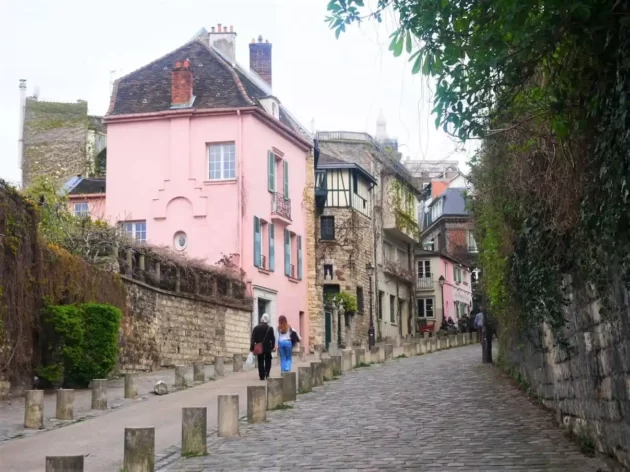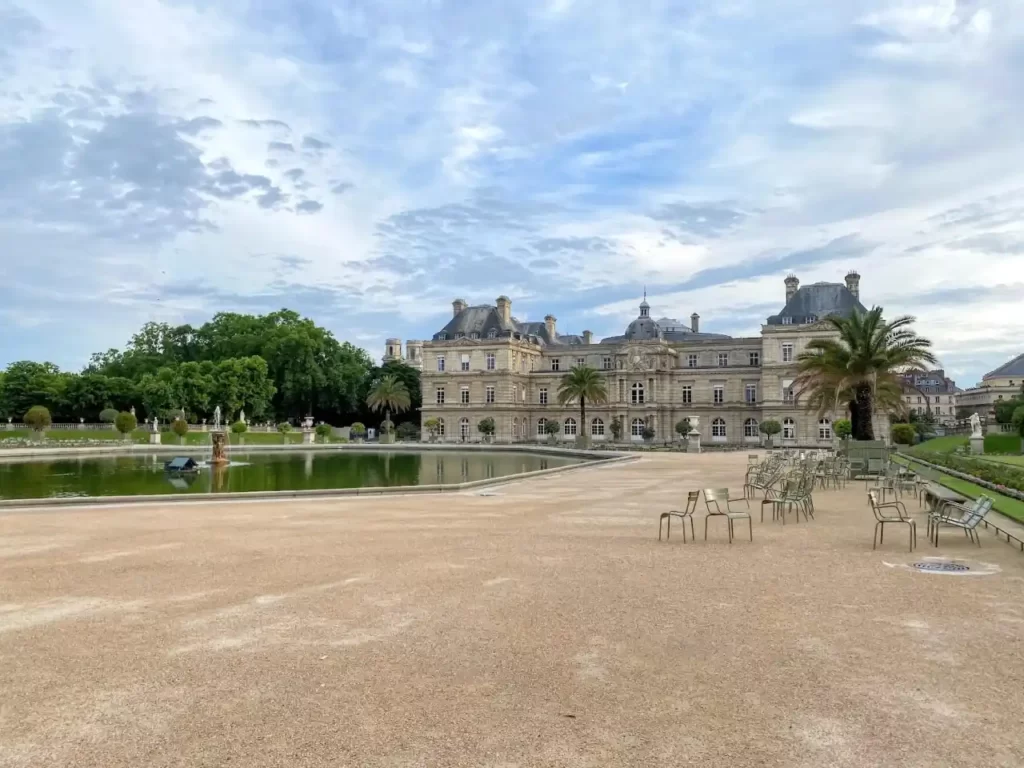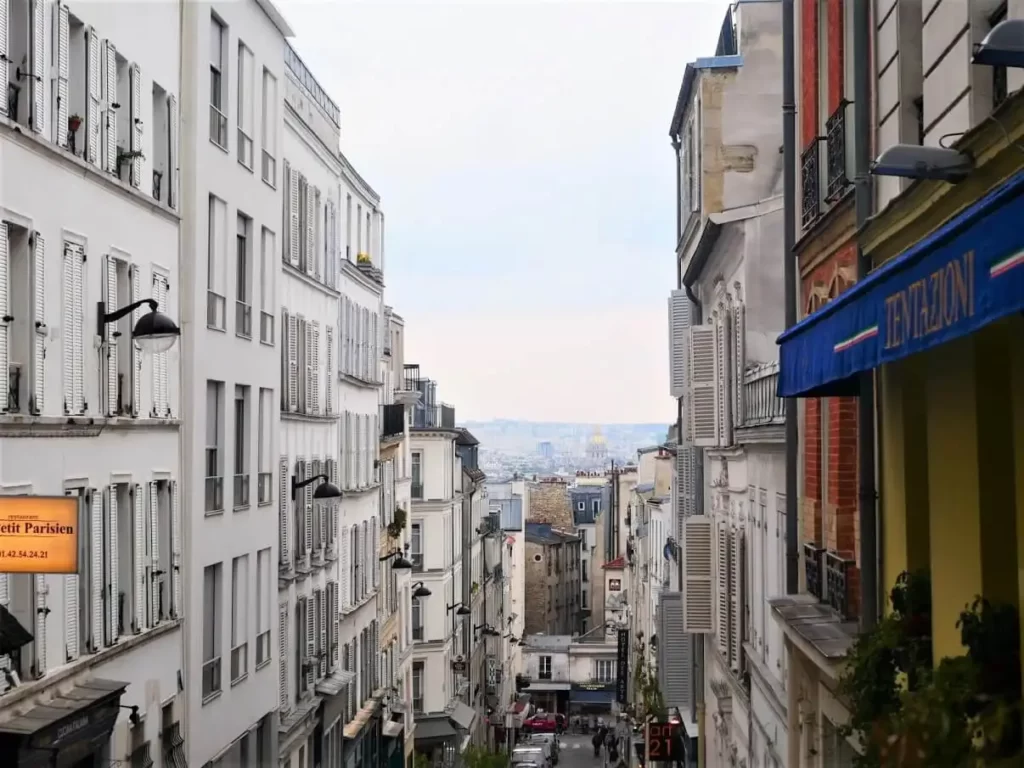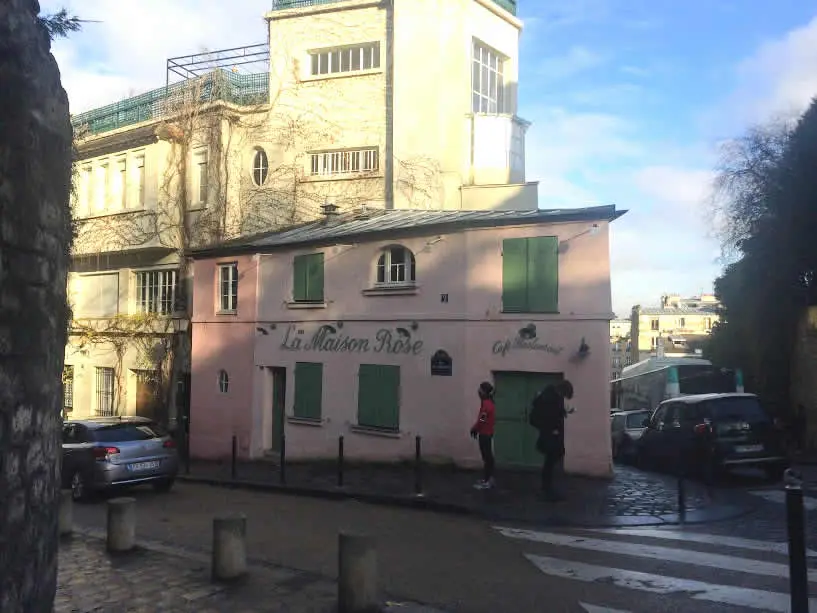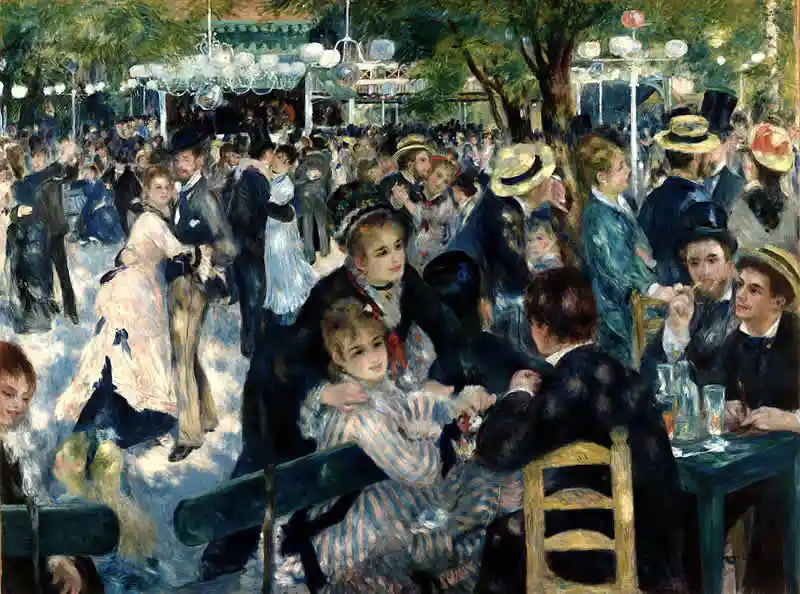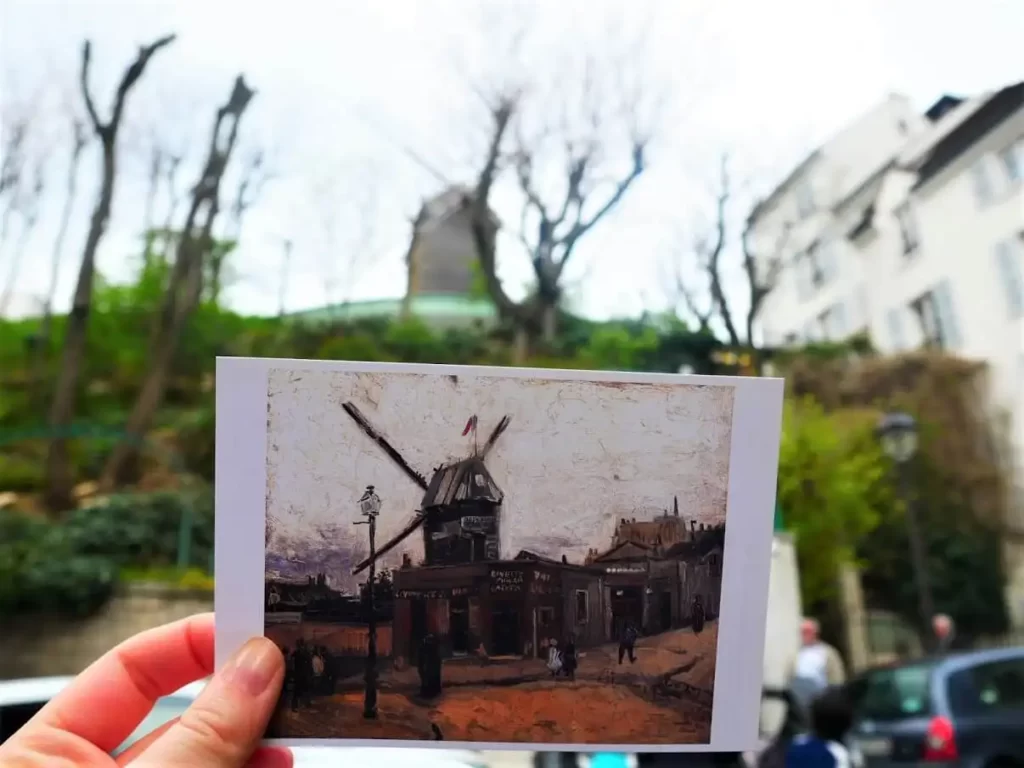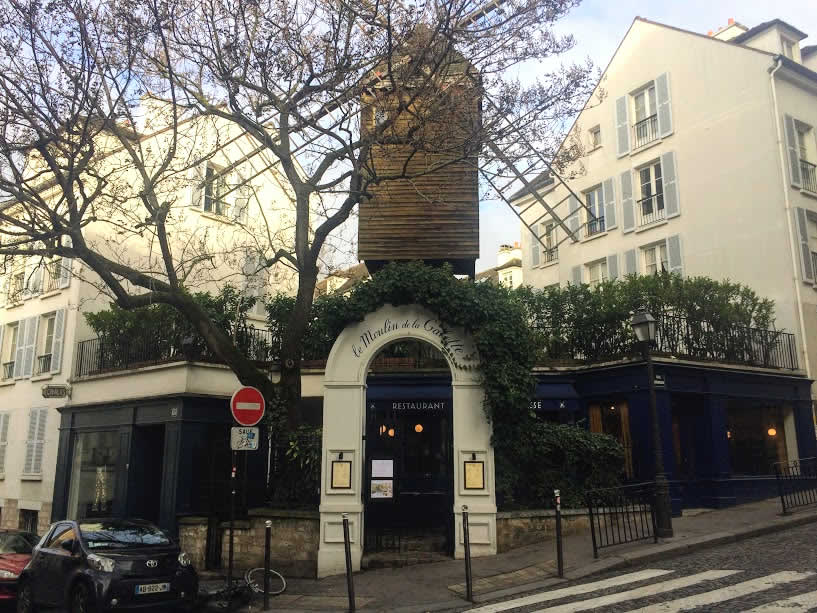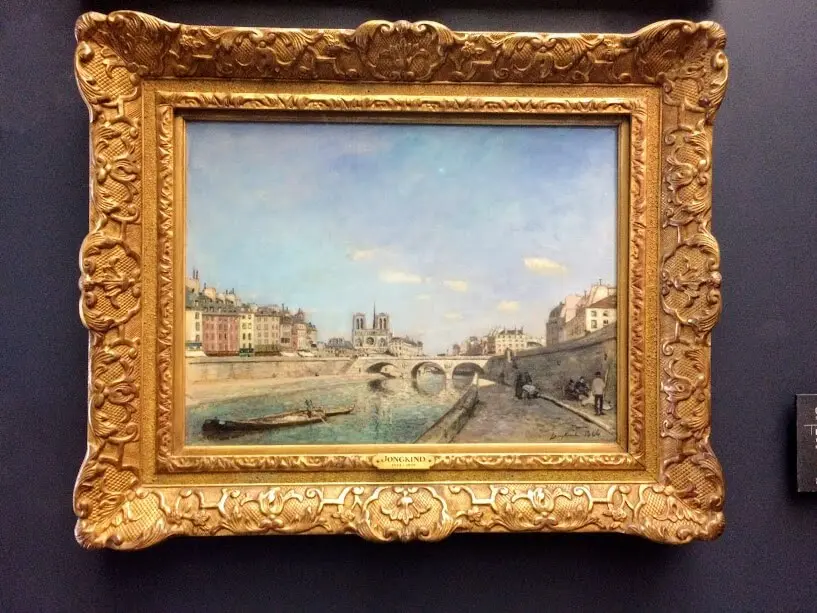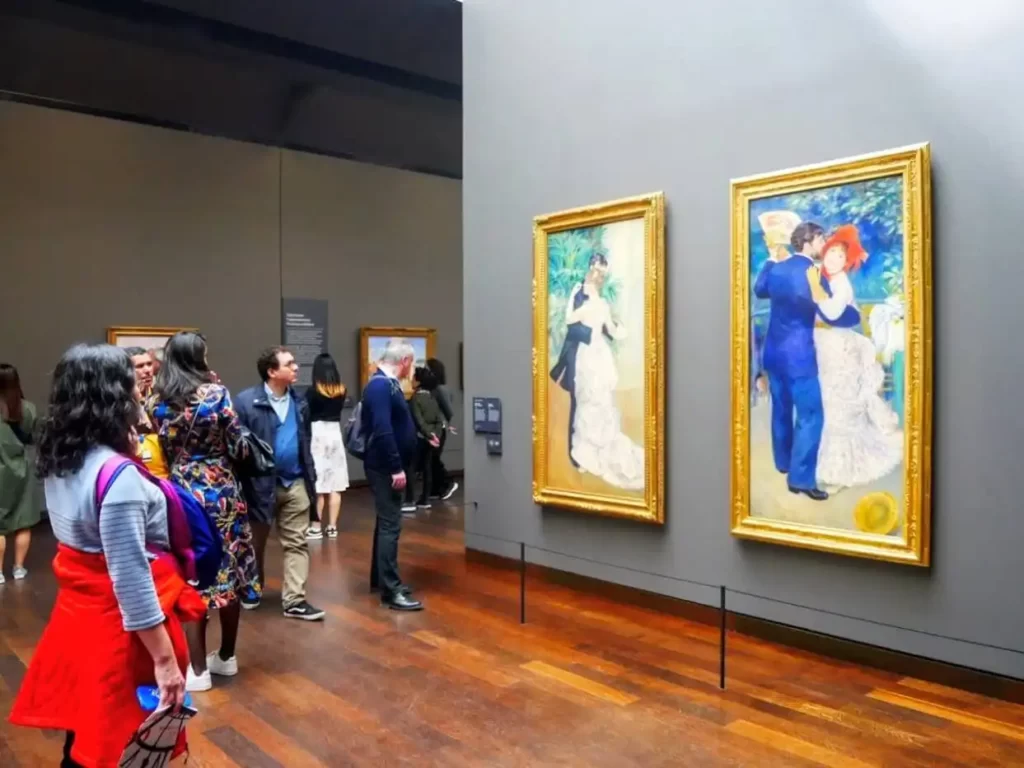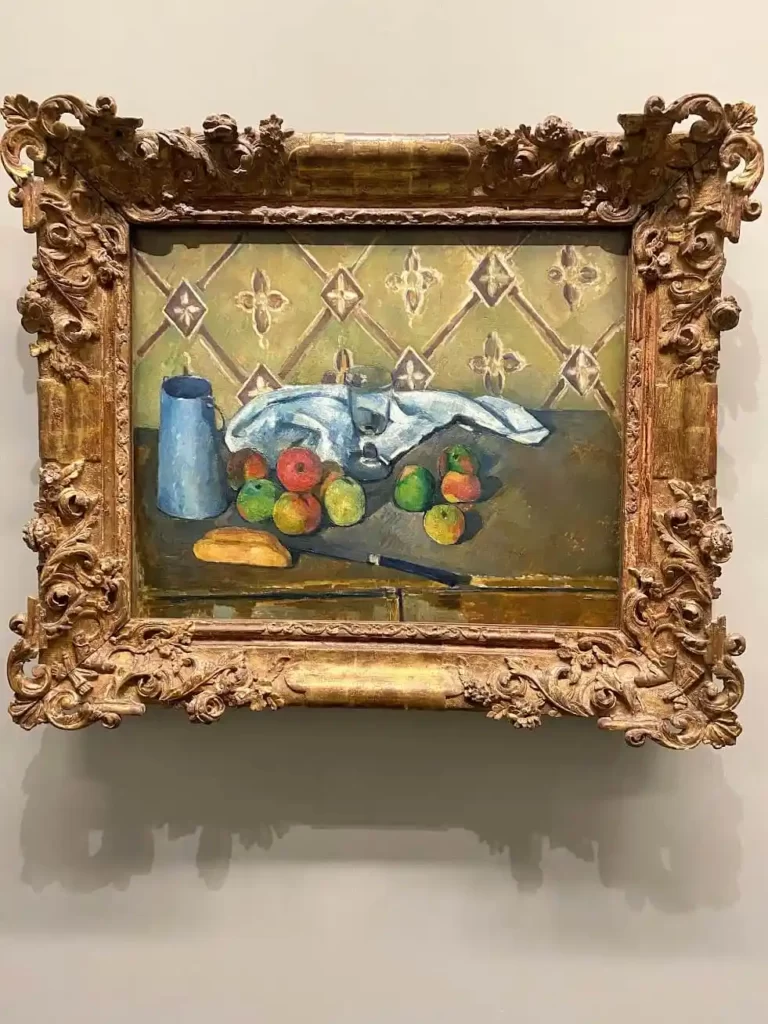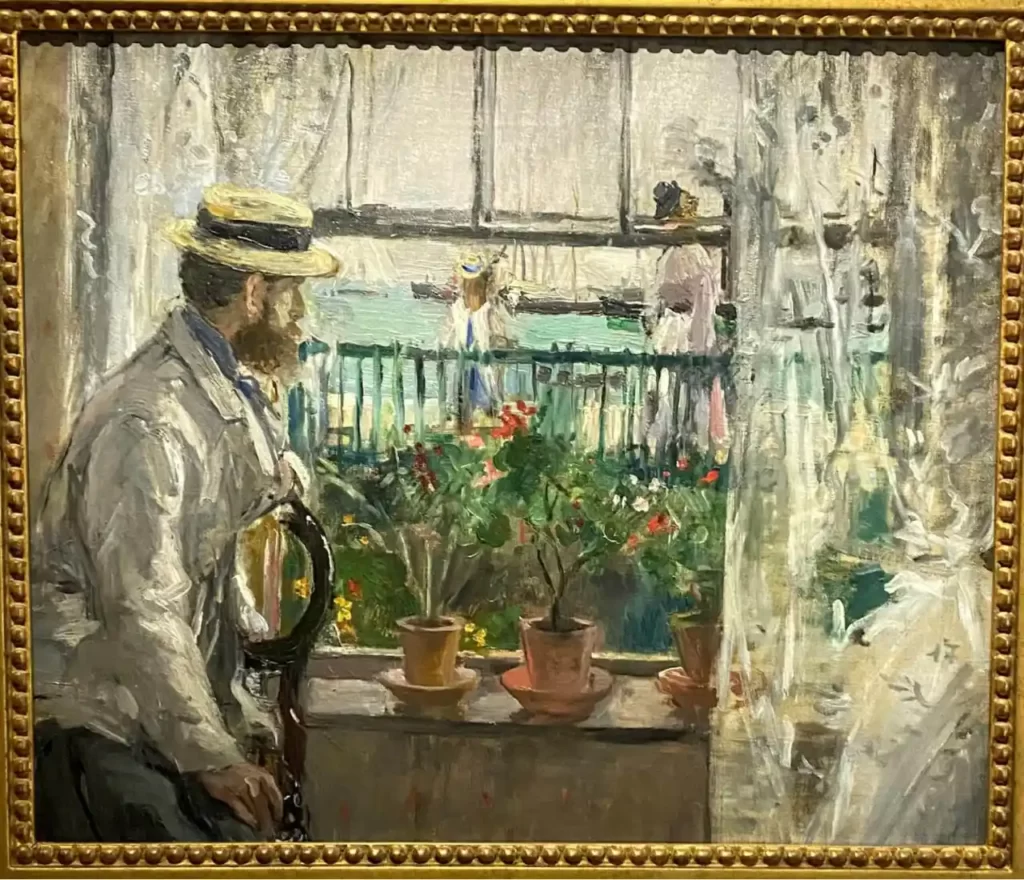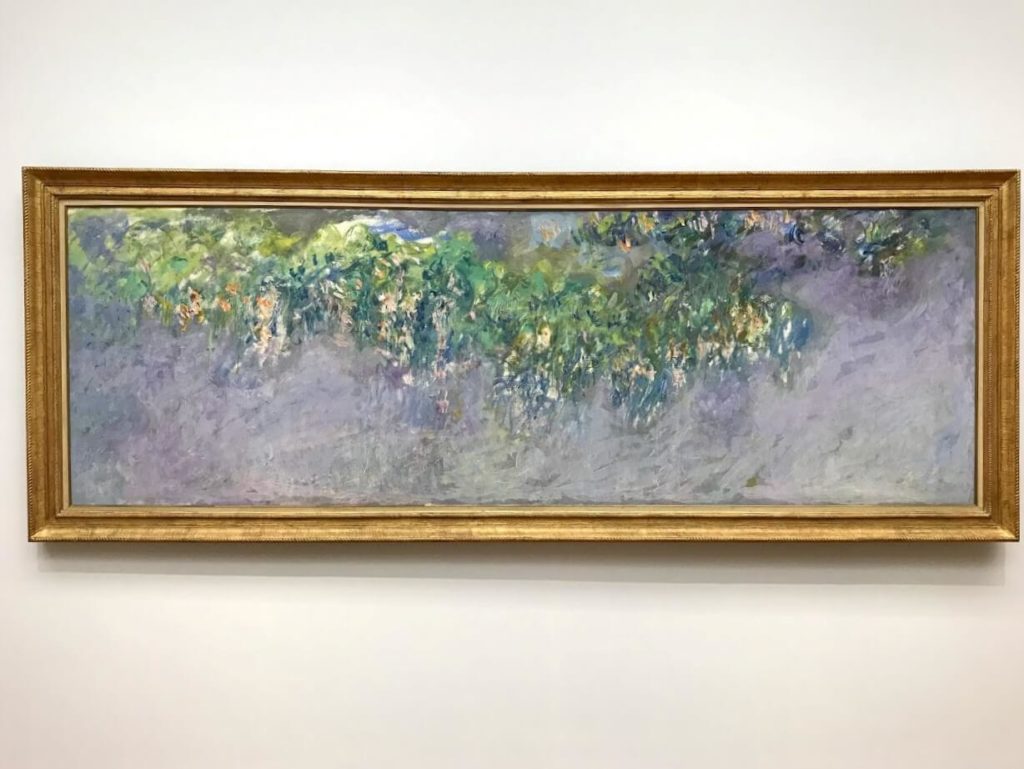Impressionists in Paris article was first published on Culture Tourist on January 31st 2017, and updated on March 10th 2023.
Paris was the birthplace of one of the most famous painting styles in art history – Impressionism. It’s exceptional because it was the first modern painting style that changed the course of art history. Most of its members lived and worked in Paris in the mid-19th century. In this article, you’ll learn more about where its members met, learned to paint together, discussed art and created some of their most beautiful paintings.
Impressionists in Paris
This post contains some affiliate links.
Impressionism has always fascinated me, and I have enjoyed those easy-going paintings filled with lovely pastel colours since I first saw them. Even more, I was impressed by the story of a few rebellious artists who changed how the painting was perceived.
During one of my trips to Paris, I wanted to learn more about them and research some of the places in Paris connected to Impressionists. I visited museums in Paris with the best collections of Impressionist paintings. And went to places where some of their most famous artworks were made.
⤷ Read more: First time in Paris – Beginners art & culture guide to Paris
What is Impressionism?
During the mid-19th century, historical painting dominated European art. Artists tried reviving Classical goddesses in their paintings, creating the perfect woman and the ideals the Parisian high class could admire. They were recreating the same subjects over and over again. And hoped critics would favour them at the most important art event of the year, the Paris Salon.
At the same time, a few young artists came to Paris to learn how to paint and to pursue their art careers in the capital. Claude Monet, Pierre-Auguste Renoir, Alfred Sisley and Frédéric Bazille met in one of the art classes. They soon realised they were sharing the same progressive ideas about painting. Those artists wanted to paint outside instead of the traditional practice of working inside the studios. They were interested in the subjects like nature, landscapes and contemporary middle-class life.
They tried to capture the moment by painting fast and mixing paint on the canvas to show the natural light and colours. The result was vivid paintings with vibrant colours documenting the life of the residents of Paris during the second half of the 19th century.
⤷ Read more: The best museums in Paris
Locations linked to Impressionists in Paris
You’ll find locations linked to Impressionist all over Paris. However, there are a few areas in the city where they mostly lived and worked together.
⤷ Read more: My travel diary – Three days in Paris
Impressionists at Montmartre in Paris
Because of the cheaper rent, Impressionist painters started to gather and live in the Montmartre neighbourhood in Paris in the second half of the 19th century. Although today an integral part of Paris, it was a rural area outside the city walls. Soon, its cabarets, bars and restaurants were filled with artists discussing the future of art and painting. The streets of Montmartre became home to many bohemian characters, dreaming of making a new masterpiece which would make them famous.
With its small streets and colourful houses, often having a restaurant or a shop on the ground floor, you can feel a bit of that rural atmosphere the area had in the second half of the 19th century, even today.
The central square in Montmartre is where many painters sell their paintings and draw portraits of people passing by. However, to feel the Impressionists’ Montmartre and sense a bit of that rural atmosphere the area had back then, wander through some of its smaller streets. Time stands still there while its houses tell stories of its former residents. You’ll even find the only vineyard left there showing what the small hills at Montmartre used to look like.
⤷ TIP: To learn even more about Impressionists in Paris, when doing research for this article, I joined a combined guided tour around Montmartre and Musée d’Orsay. Although I had visited the area a few times before, during the guided tour, I learned about some specific residents of Montmartre, saw former homes and studios of some famous Impressionists in Paris, and visited cafés and restaurants where they met. It was also interesting to first see the locations at Montmartre and then the Impressionist paintings at the museum. So, if you’d like to do the same, here is the link to the tour around Montmartre and Musée d’Orsay I have taken.
La Maison Rose
Address: 2 Rue de l’Abreuvoir, Paris
Just across the street from the vineyard (which, surprisingly, still produces some wine today), you’ll stumble upon a small pink restaurant called La Maison Rose. It was a motif of many Impressionist paintings. A small pink house still looks like it has stayed the same since Claude Monet or Pierre-Auguste Renoir walked those streets. Although it was beige back then and only painted pink at the beginning of the 20th century.
Musée de Montmartre
Address: 12-14 Rue Cortot, Paris
Musée de Montmartre is a place you shouldn’t miss if you are interested in Impressionists in Paris. The museum is located in a small 17th-century house. Pierre-Auguste Renoir lived and had his studio in it between 1875 and 1877. It’s also where he painted some of his most famous paintings, including the well-known ‘Bal du Moulin de la Galette’.
Museum often organises temporary exhibitions about different modern artists and art styles. At its permanent collection, you can learn more about some of the famous residents of that place and Paris in the time of the Impressionists.
⤷ TIP: Remember to explore Renoir’s garden during your visit, where you can enjoy a meal at the small restaurant.
Moulin de la Galette
Address: 3 Avenue Junot, Paris
The inspiration for the painting above was one of the favourite restaurants in Paris during the time of the Impressionists. The Debray family, running a windmill at Montmartre, started making a brown bread called galette. It eventually gave the name to the place – Moulin de la Galette. They were selling it with a glass of goat milk. It soon became trendy among the Parisians who enjoyed visiting the countryside and loved homemade food, fresh air and a beautiful view of Paris from the Montmartre hill.
Émile Zola described what they were looking for at Montmartre:
We rushed off into the countryside to celebrate the joy of not having to listen to any more talk about politics.
You can still see the original windmill that named the café at the corner of Girardon and Lepic streets. The painting is located at Musée d’Orsay in Paris.
Café Guerbois
Address: 11 Avenue de Clichy, Paris
This small café was one of the most popular meeting places among the Impressionists. It was where they discussed art, new painting techniques, and new ideas that shaped Impressionism. Édouard Manet was the central figure in those discussions. He was often accompanied by Edgar Degas, Claude Monet, Pierre-Auguste Renoir, Alfred Sisley, Paul Cézanne and Camille Pissarro. Sadly, it can’t be seen anymore because there are small shops nowadays in the place where the famous café once stood.
⤷ Read more: Locations linked to Vincent van Gogh in Paris
Museums in which you can see Impressionist paintings in Paris
Musée d’Orsay
Address: 1 Rue de la Légion d’Honneur, Paris
Musée d’Orsay is the place to go if you’re wondering where to see the Impressionist paintings in Paris. The museum is home to one of the best Impressionist collections in the world. You’ll see the artworks made by the leaders of that art style. And you’ll also get to learn about the themes they were interested in, different painting techniques and their focus on light and outdoor painting. Musée d’Orsay is also a great place to see the differences in painting style between those artists.
I was especially fascinated with the Impressionist paintings showing Paris. It’s fantastic to see how those painters saw the city they lived in and how it inspired them. One of my favourite paintings was Monet’s ‘The Gare Saint-Lazare’, showing the train station filled with steam from the train arriving at the station.
⤷ TIP: To avoid waiting to get in, buy your entrance ticket online on this link.
⤷ Read more: Impressionists at Musée d’Orsay
Musée Orangerie
Address: Jardin Tuileries, Paris
Just across the Seine River is another place that shouldn’t be missed if you’re interested in Impressionist paintings in Paris. Although the museum has an excellent collection of Impressionists and other modern painters, its gems are two rooms dedicated to the most famous among them, Claude Monet.
In two oval galleries, eight large Monet canvases show one of his favourite subjects – waterlilies. While standing in the middle of those rooms, you feel like you stepped into his beautiful garden in Giverny. You can look closely at every brush stroke on paintings or just sit in the middle of the room and admire the paintings.
It is one of my favourite museums and home to one of the best painting displays I’ve ever seen. On this link, you can take a virtual walk through Monet’s galleries at Musée Orangerie.
⤷ TIP: To avoid waiting to get in, buy your entrance ticket online on this link.
Musée Marmottan Monet
Address: 2 Rue Louis Boilly, Paris
Musée Marmottan Monet is still a bit of a hidden gem in Paris and one of the must-see places for anyone interested to learn more about Impressionists in Paris. It has the largest collections of Claude Monet’s and Berthe Morisot’s paintings.
Claude Monet was a central figure of the Impressionist movement. Because of the family donation, Musée Marmottan Monet is home to the most extensive collection of Monet’s paintings in the world. Among them, you’ll also find the artwork that gave the name to the whole art movement, ‘Impression, Sunrise’, created in 1872.
The other museum highlight is the collection of paintings by the most talented female Impressionist painter, Berthe Morisot. Her work is very unique in the themes she chooses. But also with using pastels extensively in her work. That small collection is absolutely one of the highlights of Parisian Impressionism.
⤷ TIP: Get your entrance ticket online on this link.
⤷ Read more: What to see in Musée Marmottan Monet in Paris
Impressionists in Giverny
Claude Monet lived in Giverny between 1883 and 1926. It’s where he made most of his paintings. Located just outside of Paris, his beloved garden is where he painted his famous waterlilies. After moving there, Monet planted his own garden, making a setting for the theme he would paint for decades. Waterlilies became his trademark. The garden looks almost the same today, giving you the perfect opportunity to enter Monet’s world and understand his fascination with light and colours.
⤷ TIP: You can visit Giverny on a day trip from Paris on your own by using public transport. If you prefer visiting it on an organised guided tour, check out this link for some of the best options.
After spending some time in Paris, it’s easy to understand why it was a place where modern art was born. It was and still is the city of art and inspiration. After I walked into the Impressionists’ footsteps in Paris, I appreciated their artworks even more!
This post contains some affiliate links.

